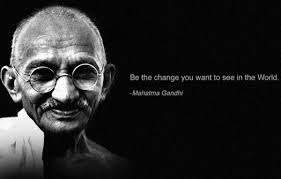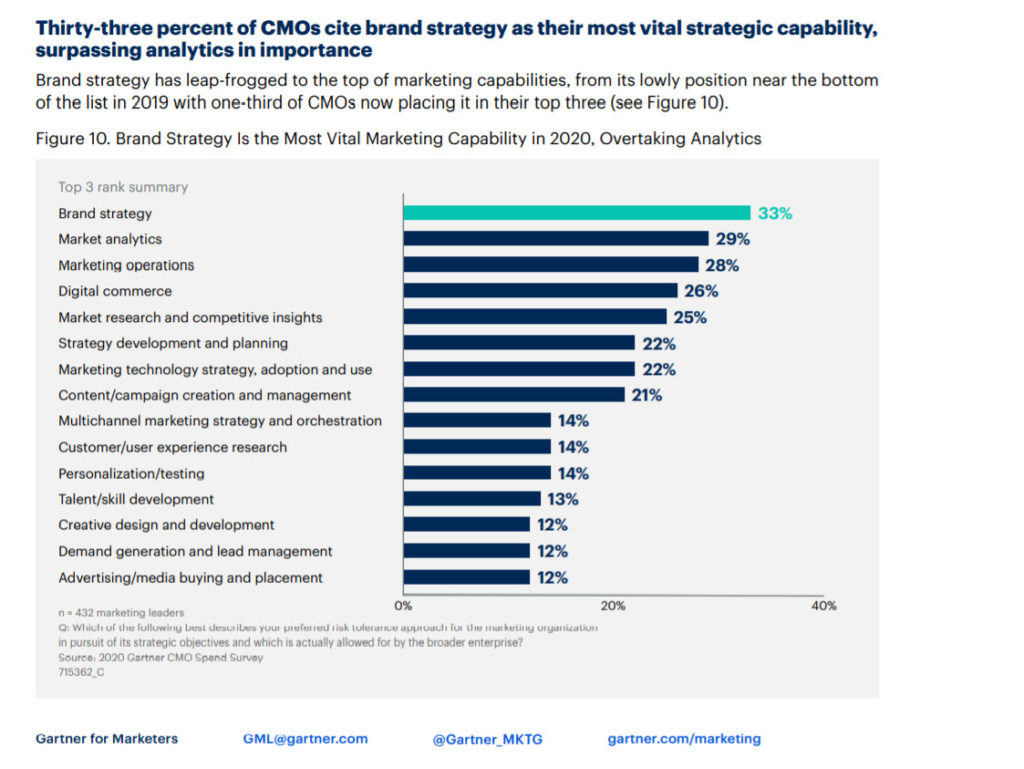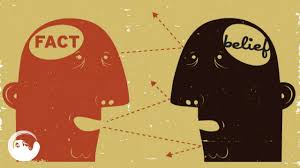Leadership During The Pandemic.
Smart business leaders learn a lot about their business while under duress. And there’s probably been no bigger moment of duress around the world in my lifetime, than the Corona Virus. 9/11, some might argue, was bigger. And the financial banking collapse is certainly in the running. But the pandemic is touching almost everyone on the planet.
Leaders are grappling with supply chains. Employee reductions and furloughs. Bank credit, taxes and consumer demand drop-offs. So many pucks are being fired at leaders at the same time, it’s hard for them to think about positive things. But good business leaders are looking out for any business positive issues that rise to the surface. Good ideas about work-arounds. New offerings to help customers. More efficient ways of doing business. Delivering business. And improvements to the business experience.
Learning while under duress is powerful learning. Politics aside, the government is trying to do its best to help small and large businesses. Much as we came out of the financial crisis stronger and with better governing principles, we will also emerge from the pandemic better prepared.
New business leaders and government leaders will emerge. They can’t help but.
Peace.










